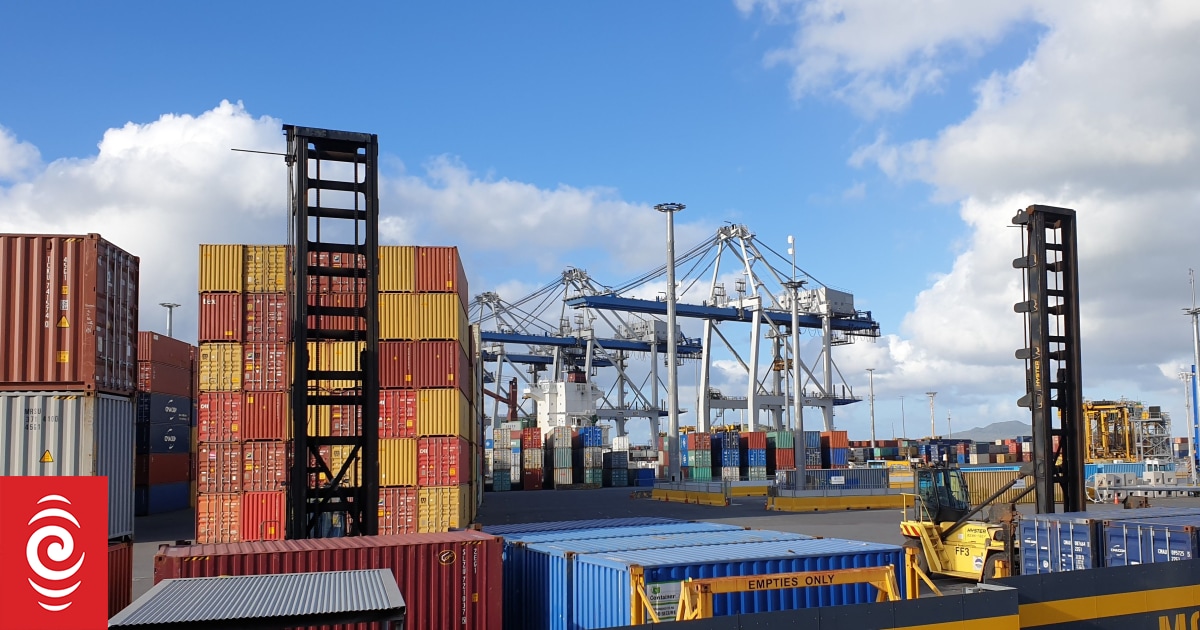Women rights
In Mexico and the world, 2021 came as a hope hand in hand with vaccines and recovery projections, after 2020, which was a year marked by an unprecedented crisis in economic, labor and health matters. And although enormous consequences remain in society and new barriers have arisen, women and their struggle to exercise their rights and freedoms has not stopped.


In Mexico and the world 2021 came as a hope hand in hand with the vaccines and recovery projections, after 2020 , which was a year marked by an unprecedented crisis in economic, labor and health matters. And although enormous consequences remain in society and new barriers have emerged, women and their struggle to exercise their rights and freedoms has not stopped.
Here are some of the historical events and advances that women and feminism reached in 2021:
Legal abortion in Latin America
The decriminalization of abortion was approved by the Senate in Argentina the early morning of December 30, 2021, and the enactment of the law took place on January 14.
As a historical fact and after a list of rejections in Congress, Argentina became the fifth country of Latin America in guaranteeing women and pregnant persons their right to voluntary pregnancy in a legal, free and safe way.
In Mexico the fight of women in the matter of sexual and reproductive health also took important steps. On the one hand, Hidalgo, Veracruz, Colima and Baja California joined the list of entities that decriminalized abortion up to the 12th week of gestation, along with Oaxaca
and Mexico City .

Additionally, a ruling of the Supreme Court of Justice of the Nation declared that it is unconstitutional to penalize women or pregnant people who voluntarily terminate their pregnancies until the 12th week of gestation. This means that no person can face punishment or criminal prosecution for aborting, regardless of the cause. Legislation is still pending in 26 states so that the voluntary interruption of pregnancy is part of the transversal policies of sexual health and reproductive.
Women in journalism
In April 2021, Alessandra Galloni became the first Reuters editor-in-chief after the British news agency’s 170-year history. Alessandra was born in Rome, Italy, is an economist from Harvard University and holds a master’s degree from the London School of Economics and Political Science .
In 2004 he won the Overseas Press Club Award for their international coverage of the Parmalat scandal. In 2005 she also won the award for the best journalist of the year of the United Kingdom .
For her part, Sally Buzbee , became the first woman to run the American newspaper The Washington Post , after 144 years of history of the medium. Sally was born in Washington, studied at University of Kansas and also earned a Master’s degree from Georgetown University .
The American journalist formed a large part of her career at the Associated Press news agency.
Although it is one of the most persistent violence, it is one of those that are least seen: the absence of women in important positions, leadership or management. The world of journalism and media is no exception.
Based on the latest figures from the UN Women , in the world women represent only 24% of the people heard, seen or read in the media: 26% in newspapers, 24% on television and 21% on radio.
Menstruating with dignity is public health
In Mexico, women spend an average of 720 pesos each year on towels, tampons and other feminine hygiene products, contributing close to 3,000 million pesos to tax collection for VAT paid on these products. This not only puts the entire female population in a situation of inequality, it also makes it unaffordable for the poorest and most vulnerable women to access these products.
Thanks to the constant struggle of collectives, organizations and women, by 2022 feminine hygiene products will go from having a 16% VAT rate to having a 0% rate, as part of the approval of the project of the Fiscal Miscellaneous 2022 , thereby expects a drop in the price of all pads, tampons and menstrual cups, which could increase women’s access to these products.
Women and their resistance in Afghanistan
Another of the events that marked 2021 began in August with the decision of the US President Joe Biden to withdraw his troops from Afghanistan . The Taliban groups took control of the country and began the transition to the new regime that, among other things, stands out for the oppression of the freedoms and rights of women and girls.
But they didn’t stop; the Muslim women and also those who are not, constantly took to the streets to defend your rights; International and collective organizations joined the call made to the Taliban in power to respect and guarantee women their rights. Among other things, dozens of Afghan women continue to take over the city of Kabul, demanding the right to education, employment and political representation.
The struggle of women in Afghanistan is also a mirror of all the mobilizations that women also lead in other countries of the Middle East and North Africa . In this region of the world the road is still very long, but women are not slowing down in the fight for their rights.
Women in the world of the arts
During 2021 the representation of women in the Nobel Prizes under; There was only one recipient: María Ressa , a Filipino journalist who received the Nobel Peace Prize for his independent critical journalistic exercise and for his effort to defend the freedom of expression.
María Ressa has investigated and evidenced corruption, abuse of power and human rights violations within the Philippines, her country of birth, especially in this process that the president Rodrifo Duterte has started in order to “end drugs”. Ressa is also a co-founder of the journalistic platform Rappler.
For his part, Laurence des Cars Élisabeth de Pérusse , French historian, became in September 2021 the first woman to direct the Louvre Museum in 228 years of history; occupying the head of the most visited museum in the world.
Des Cars studied art history at the University of Paris IV Paris Sorbonne and in the Louvre School , then he joined the National Heritage Institute and occupied his first position as curator at the Musée d’Orsay in 1994. She is an expert in art of the 19th century and early 20th century and has built a long history as a conservator of cultural heritage in France and Western Europe.
Women in politics
In 2021 the American continent saw Kamala Harris become in the first vice president in the history of United States , to Mary Simon is the first Governor General of Canada already Xiomara Castro in the president of Honduras.
In Mexico, Victoria Ceja becomes the first woman to lead the central bank and Graciela Márquez Colín in the first woman to lead the National Statistical Institute.
Female representation in politics, beyond parties, ideals or currents of thought, is fundamental. According to gender inequality reports from UN Women , the absence of women in certain areas of the study such as politics have a direct impact on the academic or work preferences of women.
Seeing women occupying positions that historically had been occupied by men substantially encourages new generations to take part and prefer to develop in various fields. Specifically in the public sector, female representation is essential because it provides a gender perspective in decision-making: women represent half of the world’s population and their particular needs must be considered in the same proportion.
Note: This article has been indexed to our site. We do not claim legitimacy, ownership or copyright of any of the content above. To see the article at original source Click Here












